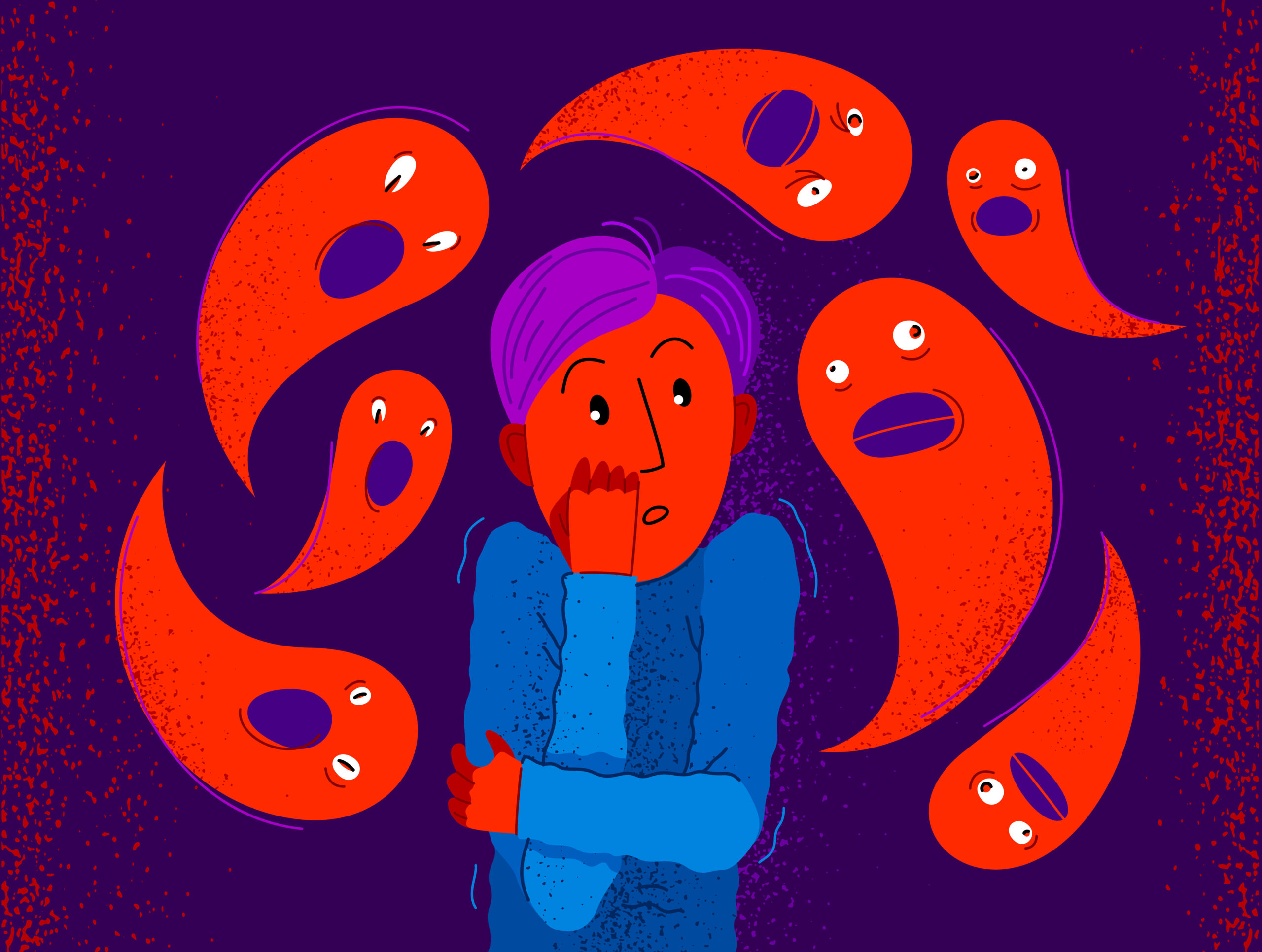How to Support Clients with Sleep Disorders
Supporting clients with sleep disorders involves understanding their challenges and guiding them toward effective treatments and lifestyle changes that promote better sleep. Here’s a straightforward approach to help clients manage sleep problems:
## Understand the Client’s Sleep Issues
Sleep disorders vary widely—from insomnia (difficulty falling or staying asleep) to conditions like sleep apnea, where breathing is interrupted during sleep. Each disorder requires tailored support, so start by listening carefully to the client’s experiences and symptoms.
## Encourage Non-Medical Approaches First
Many experts recommend starting with non-pharmacological methods because they address underlying habits and thoughts affecting sleep without side effects.
– **Cognitive Behavioral Therapy for Insomnia (CBT-I):** This therapy helps clients change negative beliefs about sleep, reduce anxiety around bedtime, and develop healthier attitudes toward rest. It often includes video or face-to-face sessions.[2][5]
– **Sleep Restriction Therapy:** Clients limit their time in bed to only the hours they actually spend sleeping. This increases the body’s natural drive for sleep and improves overall efficiency.[2][5]
– **Stimulus Control Therapy:** Teach clients to associate their bed only with sleeping (and intimacy), not activities like watching TV or reading. They should go to bed only when sleepy and get up if unable to fall asleep within 15 minutes.[2][5]
– **Relaxation Techniques:** Encourage meditation, deep breathing exercises, yoga, or acupuncture before bedtime as these can reduce stress that interferes with falling asleep.[1][5]
– **Sleep Hygiene Education:** Guide clients on maintaining consistent wake/sleep times, creating a comfortable bedroom environment free from distractions like bright lights or noise, avoiding caffeine/alcohol near bedtime, limiting daytime naps, and exercising regularly but not too close to bedtime.[5]
## When Medical Treatment Is Needed
If non-medical approaches are insufficient—especially in cases of severe disorders such as obstructive sleep apnea—medical interventions may be necessary.
– Devices like CPAP machines help keep airways open during sleep for those with apnea.
– Medications might be prescribed cautiously under medical supervision.
– In some cases surgical options could be considered depending on severity.[4][1]
## Practical Tips for Supporting Clients
– Be patient: Changing long-standing habits takes time.
– Provide clear explanations about why certain behaviors improve or worsen sleep.
– Help set realistic goals—for example: “Try going to bed only when sleepy” rather than expecting immediate perfect results.
– Encourage keeping a simple diary of sleeping patterns; this helps track progress.
By combining education on healthy habits with therapies targeting thoughts around sleep—and knowing when medical help is needed—you can effectively support clients struggling with various types of sleep disorders toward restful nights.





